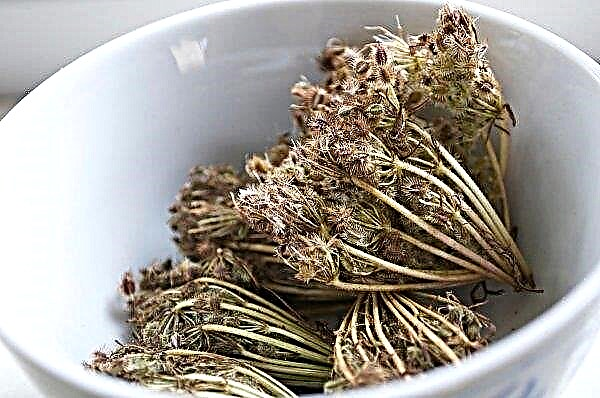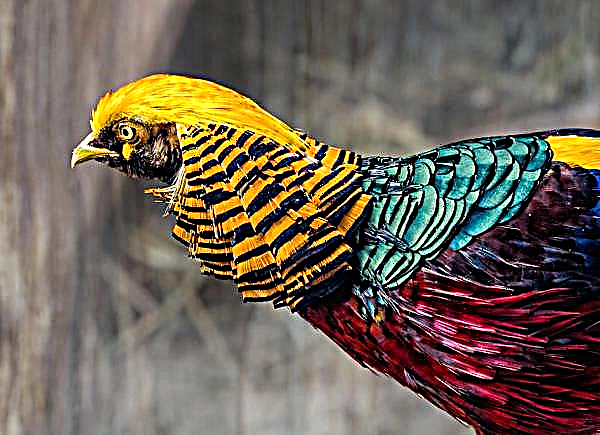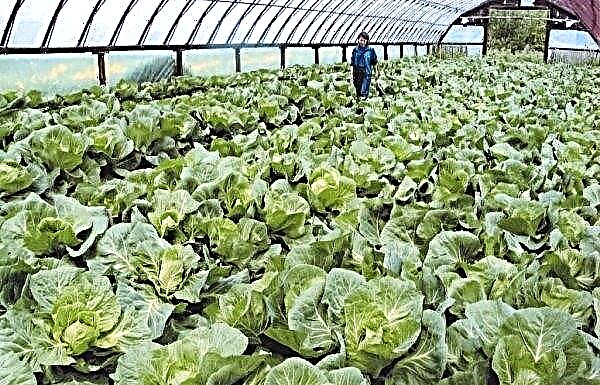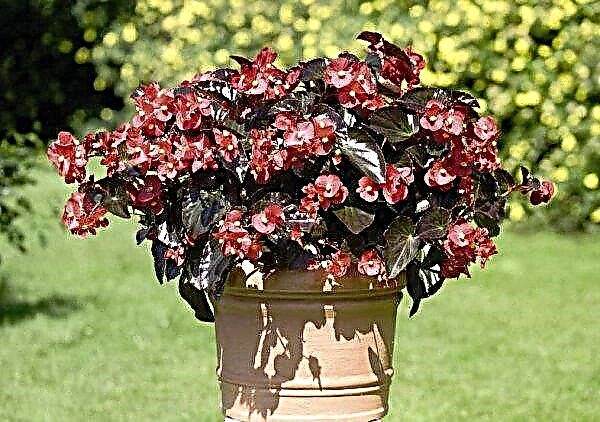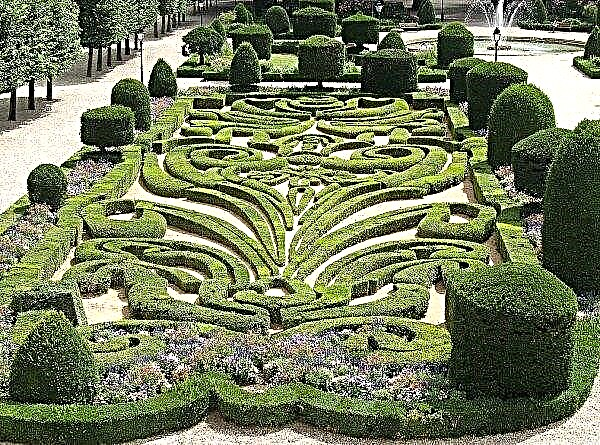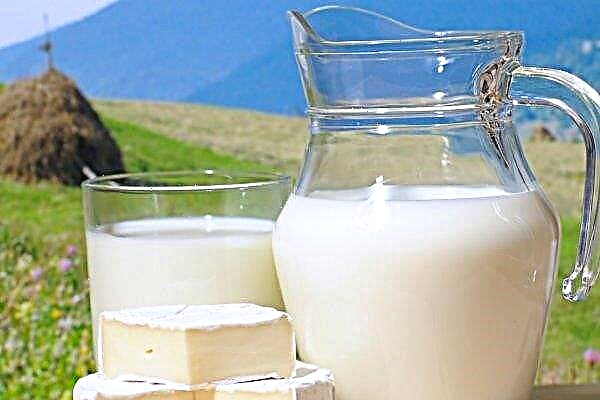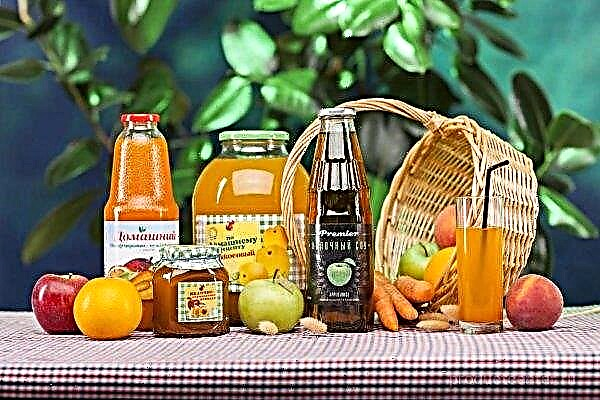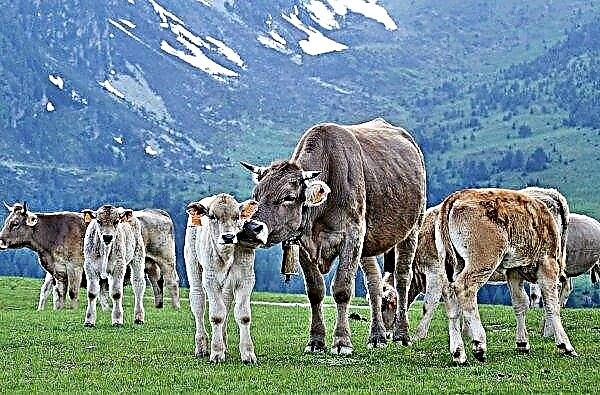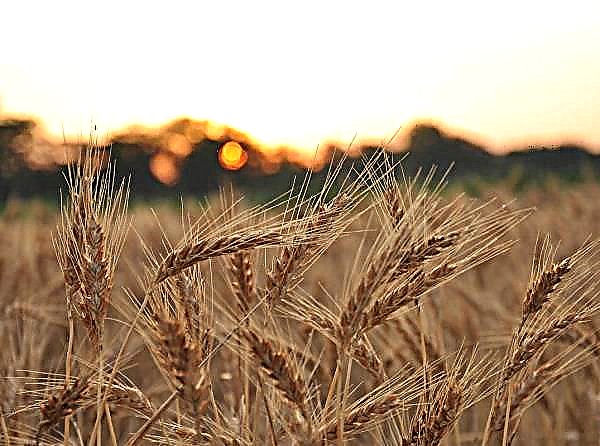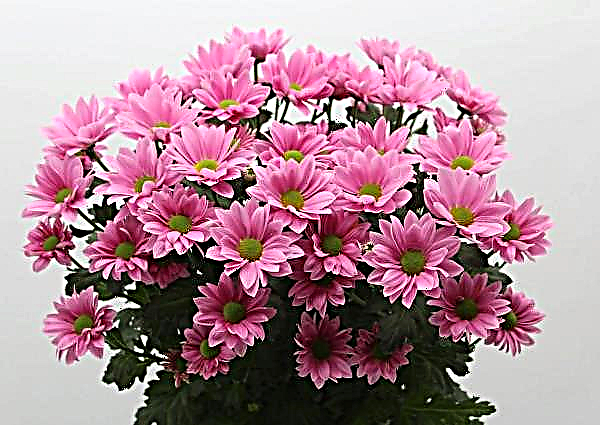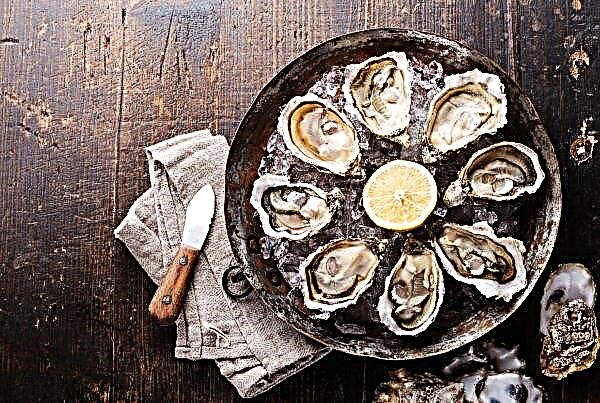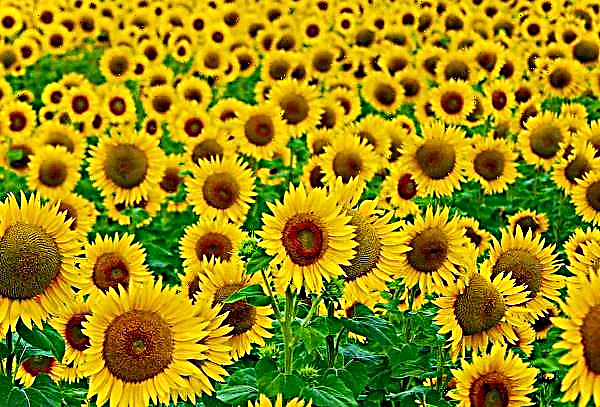Cuttings are one of the fastest and most convenient ways of propagating shrubs, vines, trees and perennials with strong stems.

Advice
To plant well settled, use the following tips:
- Cuttings need to be cut only in healthy and strong plants.
- Slices should be smooth and even.
- The lower leaves of the cuttings are removed, leaving only 2-3 of the upper leaves.
- It is necessary to plant it in well-moistened soil, but it is not necessary to water the stalk so that it does not rot from excess moisture.
- Good conditions for plant growth are created by spraying and a transparent container.
Types of cuttings
When propagating, three types of cuttings are used:
- stem;
- leafy;
- root.
In gardening, the stem type of cuttings is mainly used (lignified, semi-lignified, green cuttings).
For easy stem propagation, the following plants can be selected.
Plants grown from cuttings
Rosemary

Evergreen perennial shrub with a pleasant coniferous-citrus aroma. Rosemary loves warmth, light. Frost can ruin it. Acidic and very moist soils do not suit him, prefers calcareous and loose. When propagating, cuttings with a length of 8-10 cm are used.
Lavender

There are about 30 species. As a rule, medicinal is grown. The plant loves neutral and slightly alkaline soil. Cuttings are best done in the fall (the length of the stalk is from 10 cm).
Figs

An exotic tree whose fruits are remembered for its sweet taste and delicate pulp. Good seedlings of this plant are obtained from green and lignified cuttings (10-15 cm). The optimum temperature for green fig cuttings is considered to be + 22 ° C.
The tree grows up to 10 meters, and its roots reach up to 120 meters deep.
Grape

The most common culture in the country. For cuttings take only a well-ripened vine. Cuttings are formed starting in January and stored in sand, sawdust, moss until planting.
Clematis

Perennial creeper is the queen of climbing plants. Lush green leaves, large bright flowers will certainly become an adornment of any garden. Cuttings clematis can be carried out all year round.
Chrysanthemum

The plant is not afraid of low temperatures, likes areas with sufficient sunlight and is well protected from the wind. It grows poorly on acidic soil. The best time for grafting is spring, when the air temperature is +15 ... + 17 ° C.
Honeysuckle

Unpretentious, frost-resistant, early ripe culture. Cuttings are possible with green cuttings (7-12 cm), after the appearance of unripe fruits on the bush. The first berries with this method of reproduction can be tasted after three years. Prefers places where there is a lot of light.
Honeysuckle can have a lifespan of about 30 years.
Juniper

A decorative coniferous plant that will be appropriate in any area. Propagation occurs using a shank with a heel of 0.5-1 cm (part of an older bark with wood) from a 2-3 year old plant 15 cm long. Cuttings are formed from the southern part of the maternal crown. It is better to plant cuttings immediately after harvesting. The substrate likes slightly acidic, with good drainage and a high content of sand and peat.
Tamarix

Small buds of this elegant plant are white, lilac, pink or red. The leaves look like needles of needles. Tamarix is unpretentious and grows well even on arid soils, frost-resistant. Often create hedges. Cuttings (30-40 cm) are prepared starting in early spring. Before landing, they must be in the house in good light, but not in direct sunlight.
Knowing some of the features, it is almost always possible to grow healthy plants that can delight and delight with their beauty for a long time.

